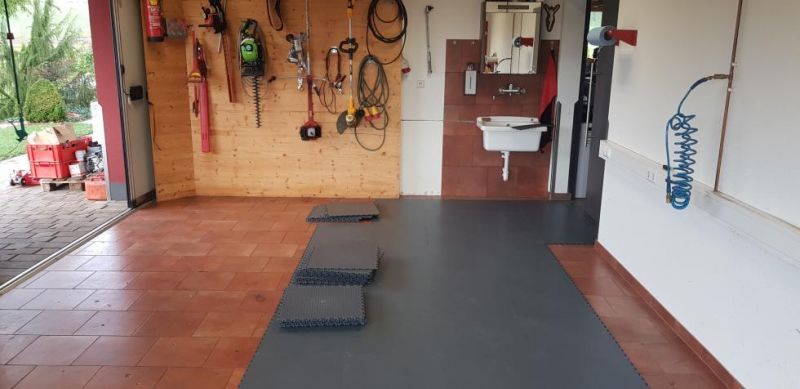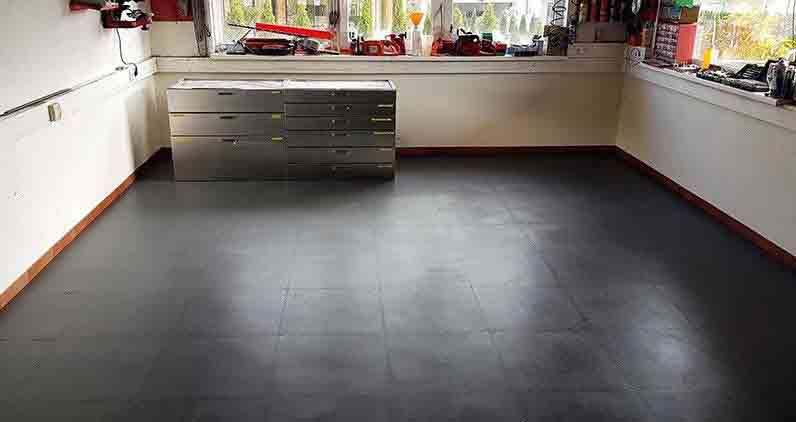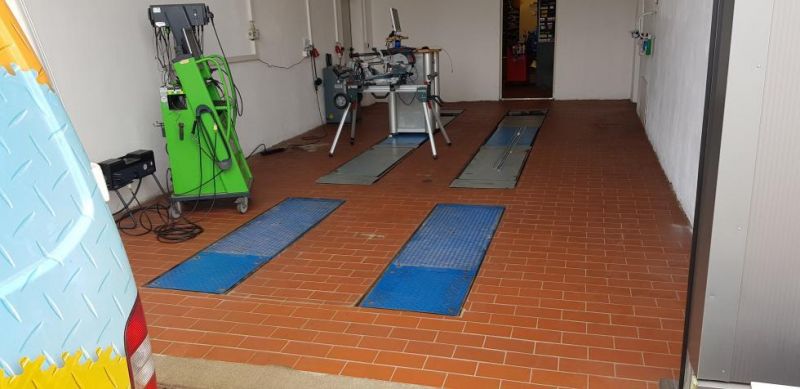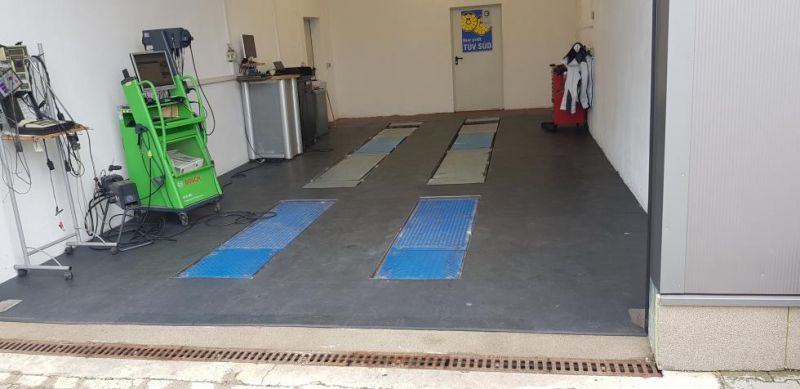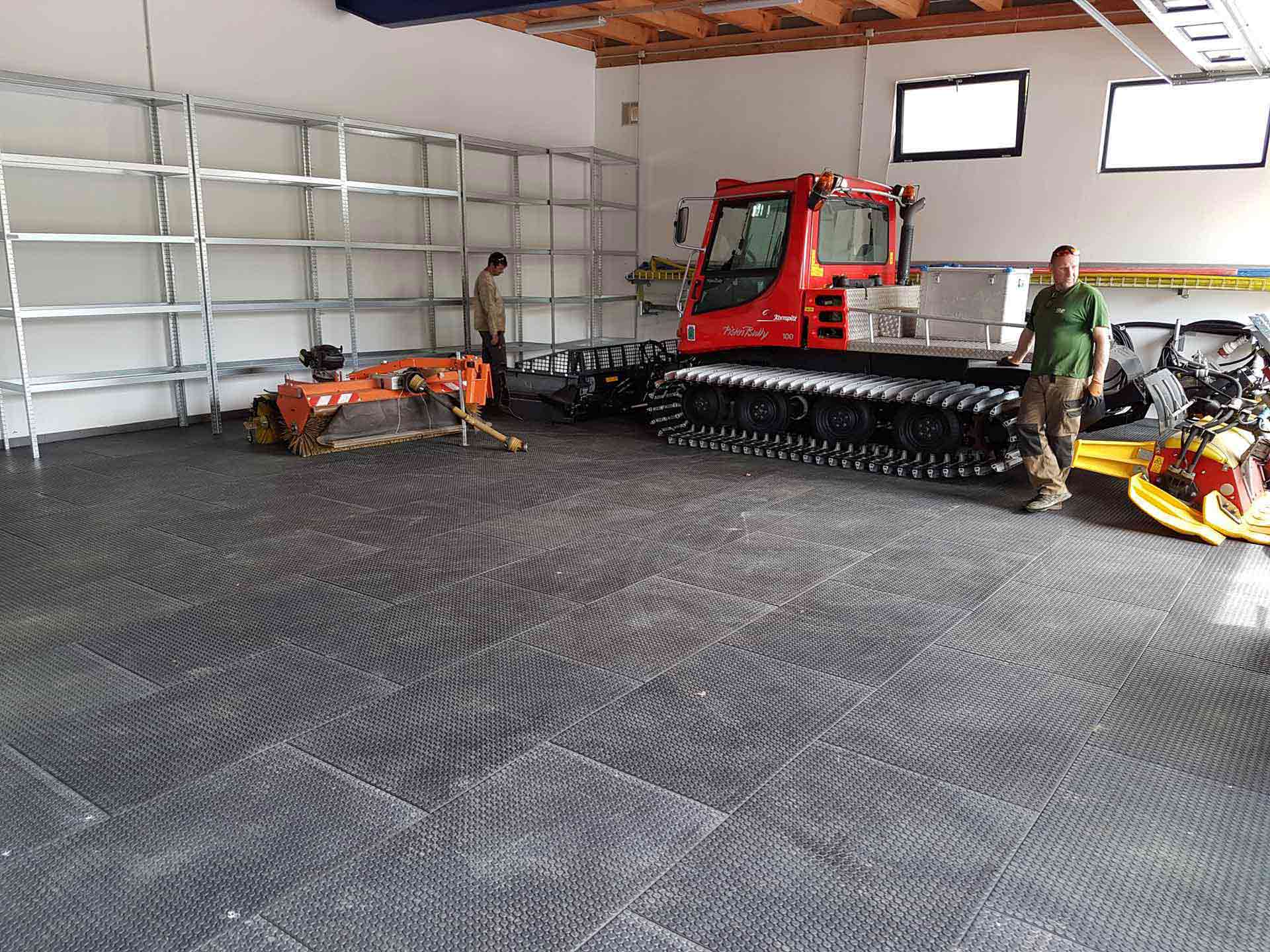The question of whether a new PVC floor can be installed on
top of an existing tile floor or whether it must be removed first is a common
one.
There are pros and cons to both options.
It may make sense to leave the old tiles in place to save
time, effort and money. Another situation in which it may be advantageous to
leave the old tile covering in place is the presence of underfloor heating
under the tiles. However, in any case, preparations must be made before the
vinyl floor can be installed.
PVC is absolutely the right floor for you! PVC has a low
installation height of 7 to 8 mm. It is durable, robust and easy to lay on top
of tiles.
In most cases, you do not need to trowel, simply lay the new
PVC flooring on top of the existing tiles.
Laying PVC over tile is an easy way to create new flooring
without having to remove the existing tile surface. Here are the steps to
install PVC over tile:
Preparation: if the tiles are to remain as the subfloor, the
floor must be carefully prepared.
Make sure the tile surface is clean, dry and smooth. Remove
any loose pieces and make sure the surface is level.
It is important to check the installation height to ensure
that the new flooring will not be too high and interfere with doorways or other
structural features. If the height is suitable, the tile floor should be
checked for loose tiles, as these can cause instability or noise after
installation.
It is also important that the tiling itself is level, with
height differences of no more than 2mm between two tiles recommended.
If the grout pattern is quite deep and wide, you should fill
the joints before installing PVC tiles. An uneven grout pattern can cause the
PVC tile to lie unevenly and wear over time.
Before installation, check their joints. Most manufacturers
say that the grout width should be no wider than 8 mm and the grout depth no
deeper than 5 mm.
If cracks can be seen in the tiles or joints, this may
indicate a lack of expansion joints or a faulty screed.
Over such cracks, they can simply lay. You do not need to
seal the cracks with resin.
